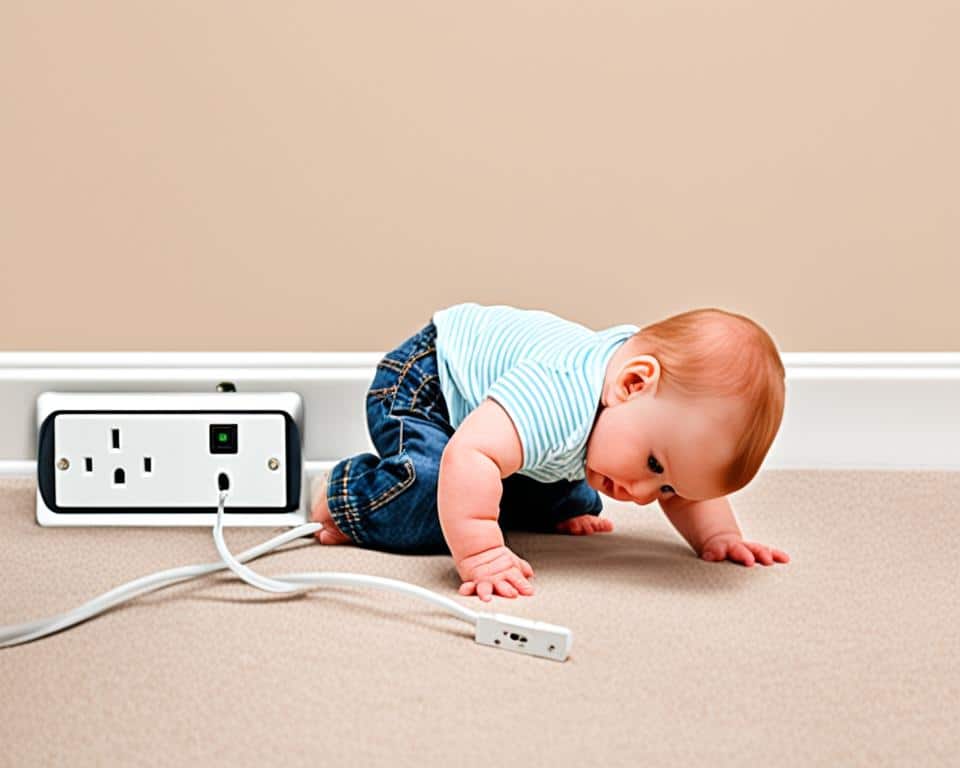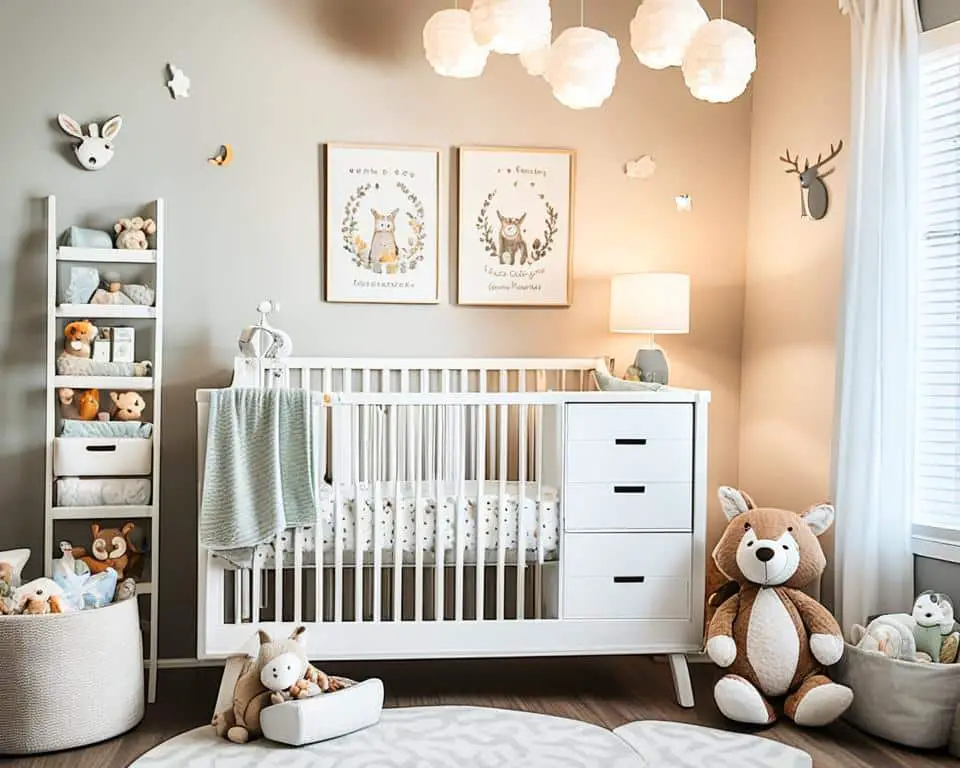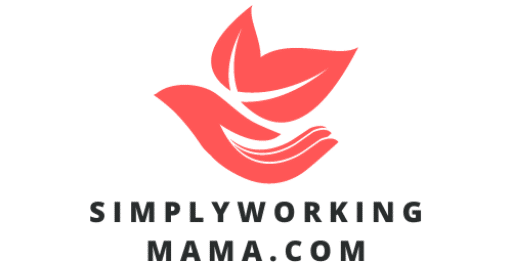Getting ready for your baby’s arrival is exciting yet challenging. It involves a lot of steps to make sure your baby’s first days at home are perfect. The right nesting checklist can make this process enjoyable.
Imagine your home turning into a safe haven for your family. From picking out cozy blankets to filling your kitchen for guests, preparation is key. Walking through a home that’s ready for a newborn brings a peaceful feeling. You may even get emotional while preparing the smallest items like socks and onesies.
However, preparing for a baby is more than buying things. It’s also about building stronger relationships, taking care of yourself, and learning about birth and parenting. This not only helps you but also sets the stage for your new family life.
Key Takeaways
- Empower your newborn preparation with a comprehensive checklist to feel assured and organized.
- Personalize your space and process through a thoughtful nesting checklist, crafting an oasis for both you and your baby.
- Embrace the essence of baby arrival organization, creating an environment where convenience meets care.
- Educate and prepare for the practical aspects of parenthood, from insurance details to the design of a birth plan.
- Cherish the time spent with your partner, using these moments to deepen your connection before your family grows.
Understanding the Nesting Instinct and Preparing Your Home
Becoming a parent sparks a deep maternal instinct. This includes both emotional and physical steps for the baby’s arrival. Nesting is a key part of this instinct, pushing parents to make their home secure and calm. Doing so not only makes the home safe but prepares parents for the life-changing journey ahead.
What Is Nesting and When Does It Start?
Nesting starts early, even in the second trimester. It really picks up around the 38th or 39th week of pregnancy. Hormonal shifts cause parents-to-be to want to tidy and set up their home for their new baby. This creates a welcoming, safe space for both the mother and child.
Deep Cleaning: A Top Priority for Expecting Parents
For those expecting a baby, deep cleaning is crucial. They focus on areas that could impact the baby’s health. This means getting rid of dust, sanitizing surfaces, and reducing allergens are top tasks. Decluttering is just as essential. It helps simplify the space, which lowers stress and boosts safety.
Making the home ready for a baby includes putting together baby furniture. This part of nesting means assembling cribs, setting up changing stations, and arranging baby essentials for easy access. It also involves washing and sorting baby clothes and bedding to be warm and comfy for the baby.
The maternal instinct drives parents to make their home perfect for their new addition. This process is more than just getting things ready. It connects parents with their baby and prepares their home for the next big step.
Setting Up the Perfect Nursery
Setting up a nursery is key for creating a calming space for your baby. It’s important to pick baby-friendly furniture and decorations. This helps make sure the nursery is safe and comfy.
Choosing the Right Furniture and Accessories
Getting the nursery organized is vital. You need a crib for sleeping safely, a changing table, and a comfy chair for mom. This furniture should be safe and look good. Soft lights are also great for when your baby wakes up at night.
Organizing Your Baby’s Closet and Essentials
Being organized is also about the baby’s stuff. Keep clothes and essentials in order. Use dividers or colored bins for easy finding. This helps, especially at night.
Adding calming decorations makes the nursery a serene place. Use dark curtains for sleep time and mobiles for play. Everything you choose for the nursery helps create a loving space for both baby and parent.
The Ultimate Checklist for Baby-Proofing Your Home
Making your home a childproof home goes beyond the basics. It’s about carefully using baby-proofing methods to keep kids safe. These safety precautions are key to ensuring the baby’s well-being and your peace of mind.
- Secure furniture to walls to prevent tipping. Bookshelves, dressers, and TV stands are common culprits in tip-over incidents.
- Install outlet covers on all exposed electrical sockets to protect curious fingers.
- Place baby gates at both the top and bottom of staircases to prevent falls.
- Store all household cleaning supplies and medicines in high cabinets with child-resistant locks.
- Check that all window blinds are cordless to eliminate strangulation hazards.
- Ensure toys are age-appropriate to prevent choking risks from small parts.
When babies start moving, they want to explore everything. So, each room must be checked and made safe for them.
“A childproof home is the foundation for adventurous, worry-free exploration for your little ones.”

Here are a couple of important areas to focus on in your baby-proofing plan:
| Area | Safety Precautions | Products to Consider |
|---|---|---|
| Kitchen | Lock all cabinets, secure the oven door, and keep dangerous appliances out of reach. | Cabinet locks, stove knob covers, appliance latches. |
| Bathroom | Use non-slip mats in the tub and on the floor, set water heater below 120°F. | Non-slip bath mat, faucet covers, water thermometer. |
| Living Room | Pad sharp furniture edges, secure rugs to the floor, and keep electronic devices out of reach. | Corner protectors, double-sided tape for rugs, cord organizers. |
| Bedrooms | Secure dressers to walls, use window guards, and ensure cribs meet safety standards. | Furniture anchors, window guards, certified cribs. |
Baby-proofing is all about making an exploring ground that’s safe. A thorough check of safety precautions cuts down accidents, creating a really safe home for your child.
Essentials for the Expectant Mothers’ Comfort and Convenience
As the due date gets closer, expectant mothers need comfort stations. These areas, from nursing nooks to places for a nap, are crucial. They make the journey through pregnancy smoother. Elements such as soft chairs and smart item placements can lower stress. This lets mothers focus on feeling good.
Creating Stations: Nursing, Diapering, and Resting
Having comfort stations at home means keeping maternal essentials close. Each spot should have key needs like nipple cream and handy burp cloths. For diapering, spots should have clean changing areas with a good supply of diapers. The resting spot needs plenty of pillows for a cozy escape.
Packing the Hospital Bag: What to Include?
With birth close, packing a hospital bag becomes crucial. This bag should have things for both mom and baby. Don’t forget items like extra clothes and important papers. Having this bag ready early cuts down on stress later. It makes the trip to the hospital more relaxed.
Getting ready for a baby is about more than the physical. Emotional readiness counts too. A serene space and a well-packed bag are key. But, finding moments of peace is just as vital for a mother’s wellbeing.
For more helpful tips, check out this guide on newborn preparation strategies. It will make your transition into motherhood smoother. The right preparation turns the early challenges into happy moments.
Nesting for Newborn: Final Preparations Before the Big Arrival
Parents are super excited to welcome a newborn. It’s key to finish all steps needed before the new baby comes. These steps are often missed but they ensure your house is safe and cozy for the baby.
Installing the car seat correctly is crucial. It’s needed before the hospital lets the baby leave. Also, getting the house ready to greet the baby warmly is a must. This means making the nursery soft and peaceful. Use clean bedding and gentle colors for a perfect homecoming.

| Checklist | Details |
|---|---|
| Car Seat Installation | Check if the car seat is set up right. It must be safe for the baby’s first ride home. |
| Nursery Preparation | Get everything ready in the nursery. Include clean sheets, a night light, and organized baby clothes. |
| Essential Paperwork | Finish setting up health insurance. Make sure all parental leave paperwork is in order. |
| Labor Day Logistics | Plan well for the arrival. Know the hospital route, who to call, and what family will help with. |
Getting ready isn’t just about the physical things. It’s also about making a place that feels calm and safe. A space where your emotions and practical needs are met as you welcome the baby. Finishing these final nesting steps gives you peace of mind. And it makes sure everything goes smoothly when you welcome a newborn.
This ready environment is really important for a happy and comfortable newborn homecoming.
Conclusion
Newborn nesting is a special journey that leads to big changes when a baby arrives. It’s a time where parents-to-be prepare their home. They fill it with love and safety, making it perfect for their little one. They carefully set up rooms like the nursery and kitchen, focusing on every detail. This preparation is about more than just getting ready for the baby. It’s creating a space filled with security and joy, ensuring a smooth start for the new family member.
Studies have shown why this preparation is so crucial. Clinical trials highlight the real impact of a well-prepared environment. For example, they found that activities like nesting and swaddling can improve a baby’s sleep. This not only helps with rest but also supports the baby’s overall growth and health.
Parents deeply look forward to the moment they can hold their baby for the first time. Being ready for the baby is a huge step. The community plays a big part in supporting the new family. They share advice and experiences, creating a warm welcome for the new baby. It’s in this welcoming setting, glowing with the nursery nightlight, that a new life begins—not just in a house, but in a loving home.



